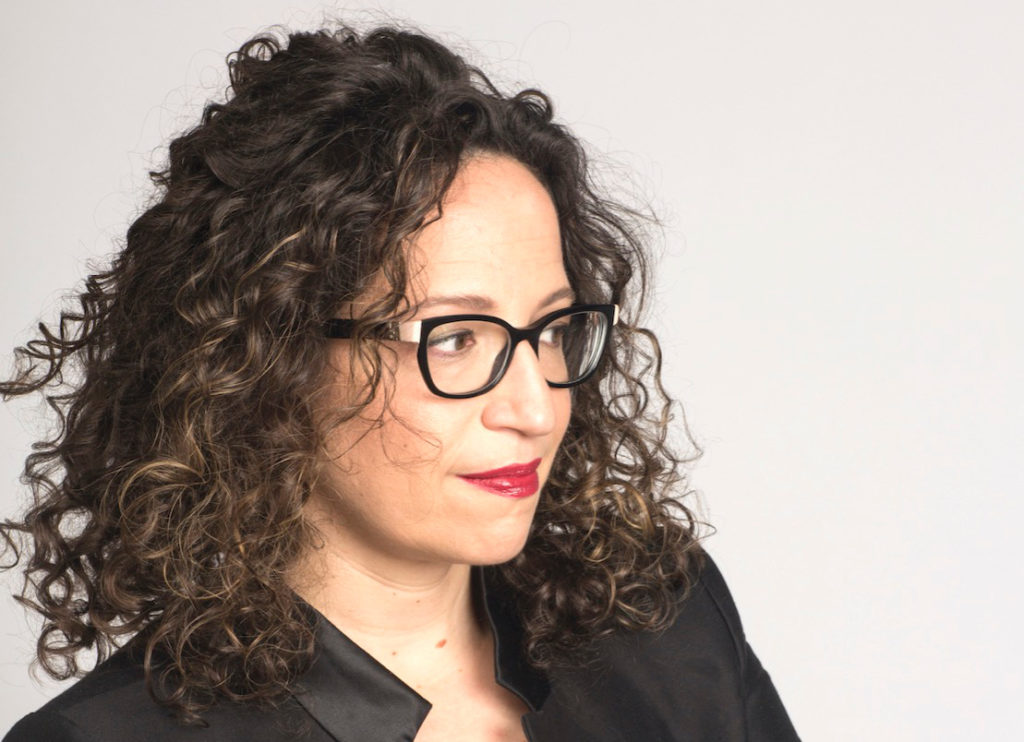
Recently, I have helped a large industrial manufacturing company in the strategic planning process. With so much uncertainty surrounding autonomous vehicles, 5G, robotics, global trade and oil markets, company executives needed a set of guiding objectives and strategies that connected the company's future with the present. Before our work started seriously, executives had already decided on a title for the initiative: 2030 Strategy.
I was curious to know why that specific year - 2030 - had been chosen as the benchmark for the job. After all, the forces that influenced the company were all on different timelines: Changes in global trade were immediate concerns, while the robotics field will have incremental progress, disappointments and huge discoveries - sometimes years later. Did the executives choose the year 2030 because of something unique for the company that could happen 10 years from now?
The reason quickly became clear. They had arbitrarily chosen the year 2030, a nice round number, because it gave them a sense of control over an uncertain future. It also promoted good communication. The "2030 Strategy" could be easily understood by employees, customers and competitors, and would align with the company's messaging about their hopes for the future. Also, when companies go through their long-term planning processes, they often create linear timelines marked by years ending in 0 or 5. The brain can easily count in 5, while it takes a little more work. to count in 4 or 6.
Linear timelines offer a certain security: that events can be preordained, that chaos can be contained and that success can be traced and guaranteed. Of course, the real world we all live in is much more complicated. Regulatory actions or natural disasters are completely out of your control, while other factors - workforce development, operations, new product ideas - are subject to layered decisions that have been made across your organization. The moment they collide, all these variables shape the horizon.
Strategy managers and those in charge of choosing the direction of their organizations are often asked to facilitate visioning meetings. This helps teams brainstorm ideas, but does not replace critical thinking about the future. Neither are the strategic plans of one, three or five years that have become a staple within most organizations, even if they are useful for meeting short-term operational objectives. Profound uncertainty deserves profound questions and the answers are not necessarily tied to a fixed date in the future. Where do you want to make an impact? What will it take to achieve success? How will the organization evolve to face the challenges on the horizon? These are the types of deep and fundamental questions that are best addressed with long-term planning.




